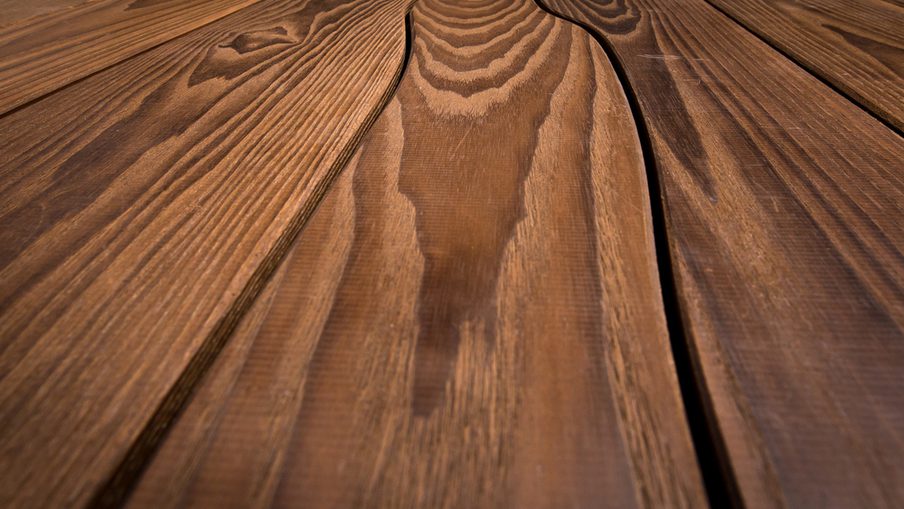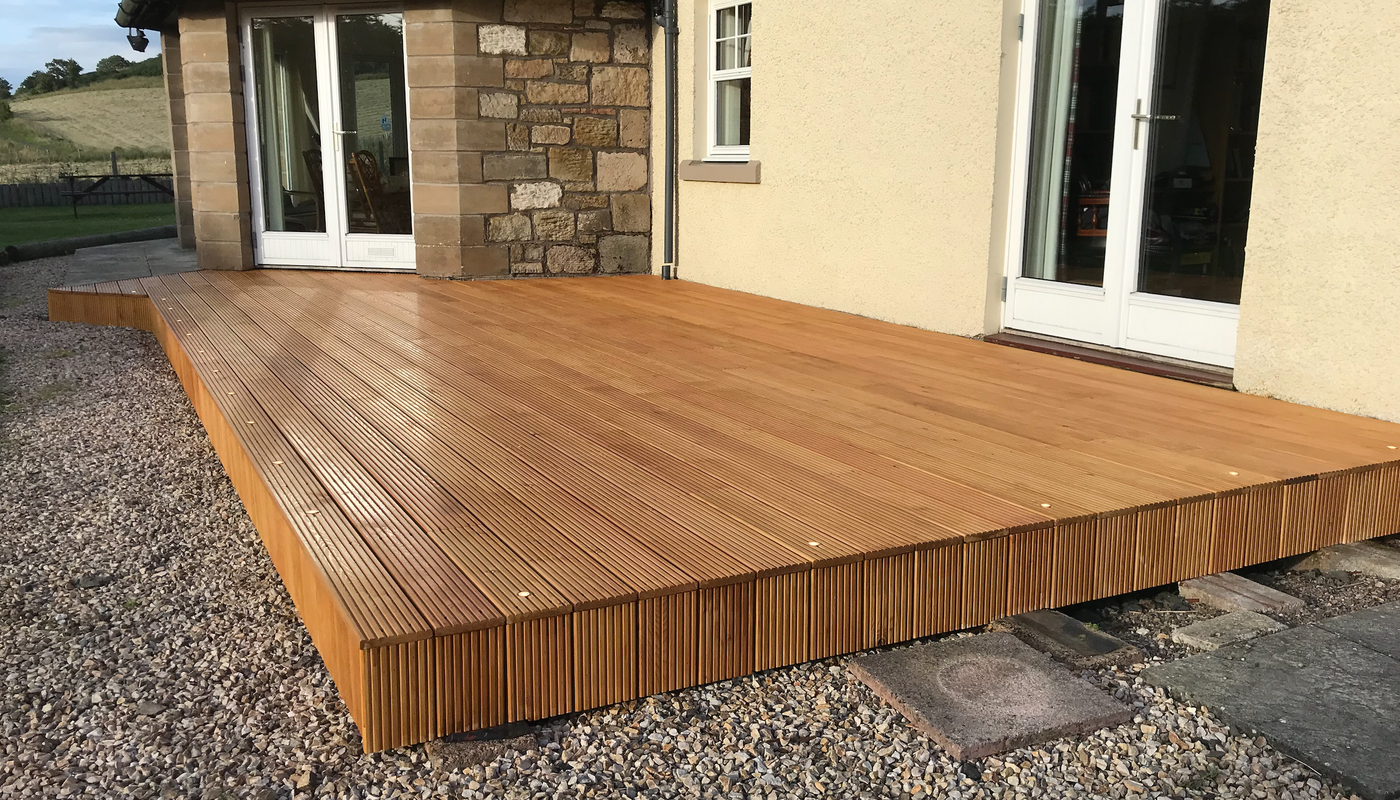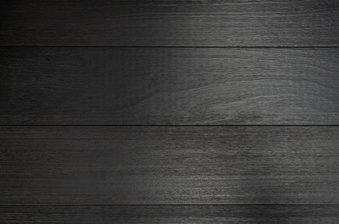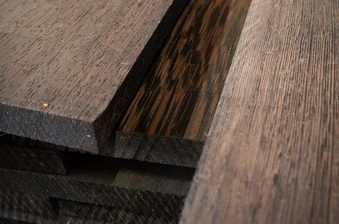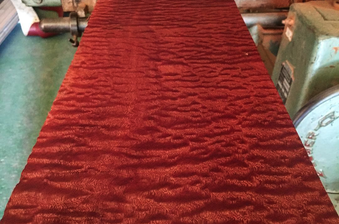Africa is home to some of the world’s most beautiful and interesting hardwoods. What are some fine examples, why are they so special and what are they used for?
Whilst timbers that are native to temperate climates of Europe and North America (like European Oak, Douglas Fir and Western Red Cedar) are excellent, sometimes a project demands something rather different. For something particularly striking, eye-catching and unique, look no further than the forests of Africa.
Combining eye-catching beauty with exceptional performance, there’s an African hardwood for almost any application – interior or exterior.
Zebrano (Zebrawood)
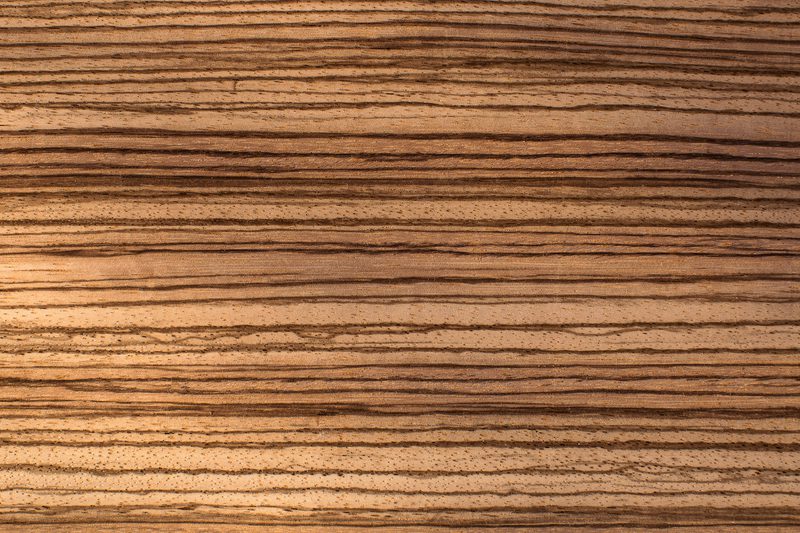
Origins: West Africa
Common uses: Furniture, veneers, specialty items
Appearance: Light brown and cream with dark brown to black streaks
Scientific name: Microberlinia brazzavillensis
There’s a reason why Zebrano (or Zebrawood) is one of the most popular, instantly-recognisable African hardwoods.
So-called due to its dramatic, bold stripy appearance, Zebrano is one way to make a real statement. Whilst too much can be overbearing, its mixture of creams, browns and blacks make a fantastic decorative statement for furniture trims, veneers, wall panelling and guitars. It’s incredibly hard wearing.
Many other types of wood try to use the name Zebrawood, so unless you choose carefully and discerningly, you’ll only be getting a pale imitation. The real deal comes from the Microberlinia brazzavillensis tree, which grows tall and straight up to 50 metres; it’s distributed throughout west Africa, notably Congo, Cameroon and Gabon.
The wood was very popular for use as car dashboards around 30 years ago!

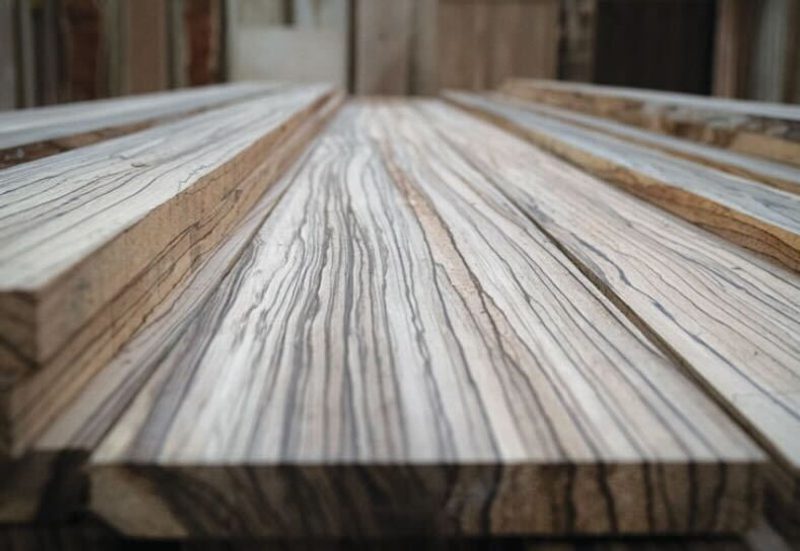

Wenge

Origins: Central and western Africa
Common uses: Flooring, furniture, panelling, as a veneer
Appearance: Dark brown with black streaks
Pronunciation: when-gay
Scientific name: Millettia laurentii
From the Cameroonian highland forests of central Africa, Wenge has a striking medium-to-dark brown hue, with black streaks and a straight grain. It’s a go-to choice for luxury furniture making and specialist joinery.
As darker woods gain traction amongst architecturally-minded, this species steps up by combining classy good looks with exceptional physical durability. It’s a heavy, hard timber that can work well for flooring. It’s also naturally resistant to termite attack.
Authentic Wenge comes from the millettia laurentii, a legume tree native to central and western Africa, specifically Zaire, Cameroon, Gabon and Equatorial Guinea. Such is the popularity and uniqueness of this species, ‘wenge’ is even used as a colour in its own right.
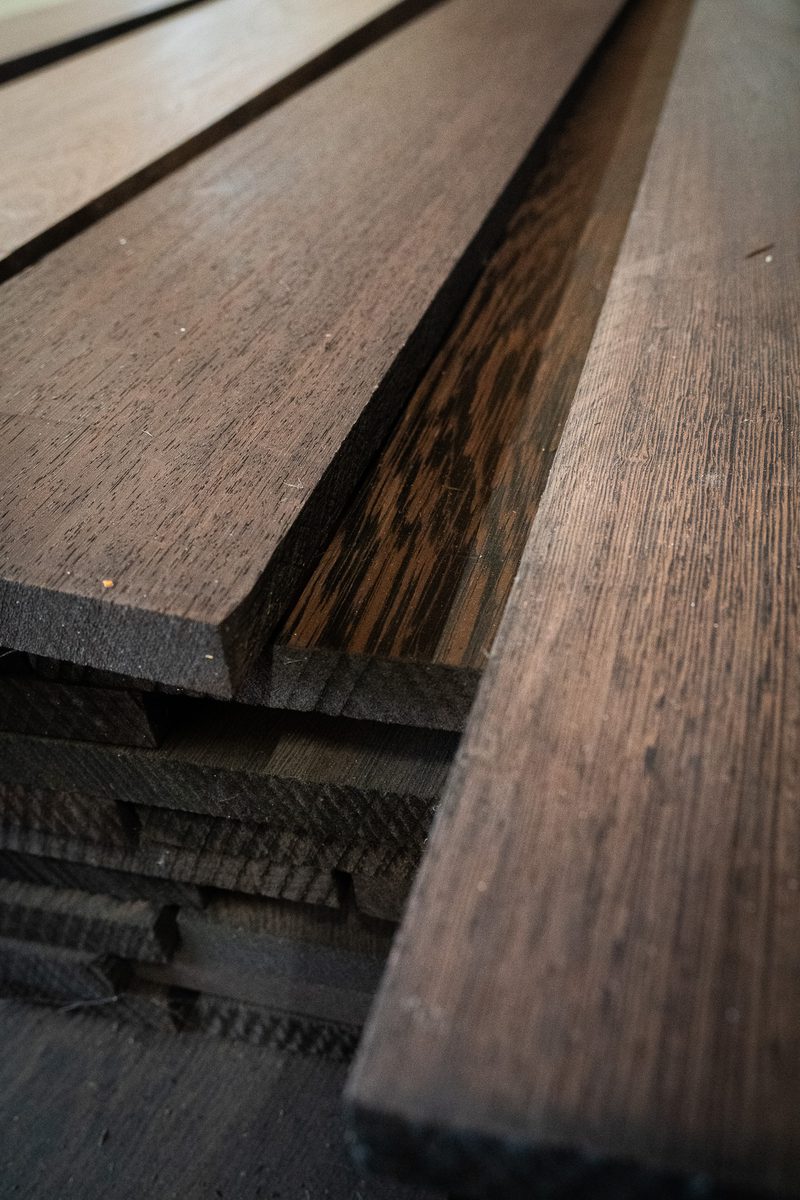
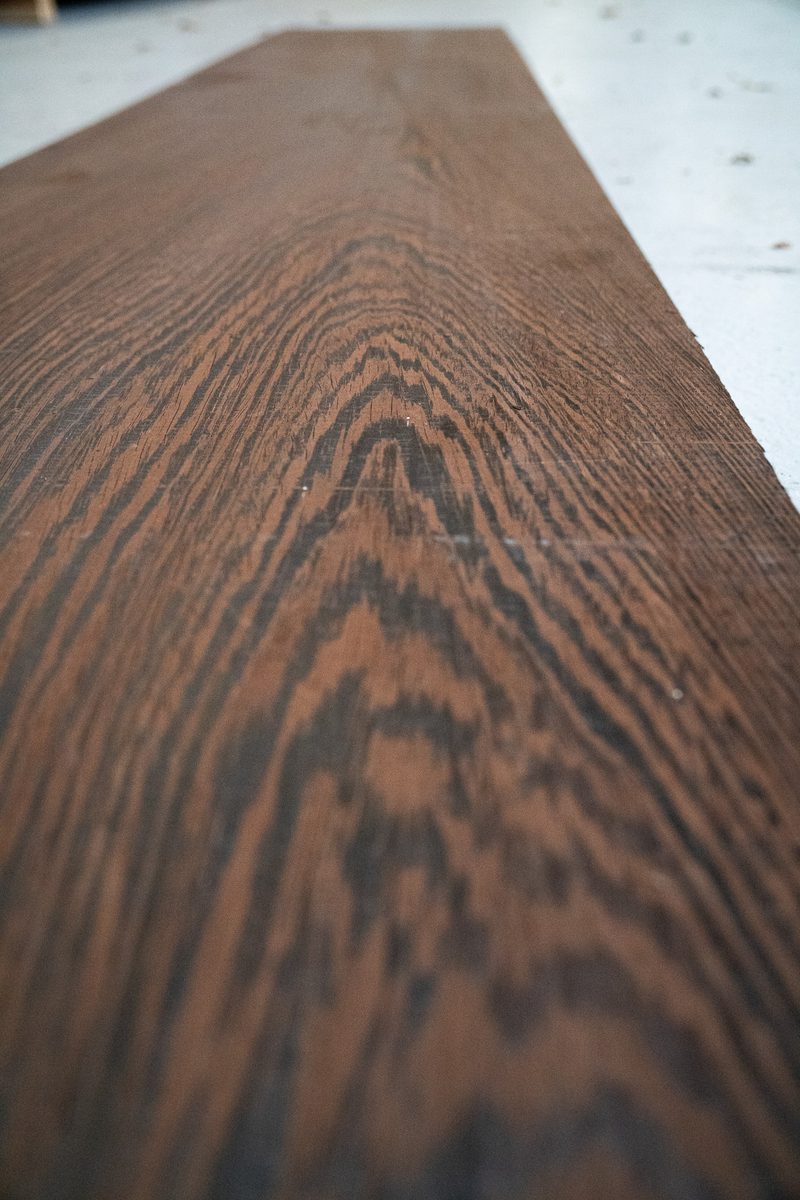
If you're interested in joining the dark side with this stunning species, don't miss our full wenge guide!
Sapele

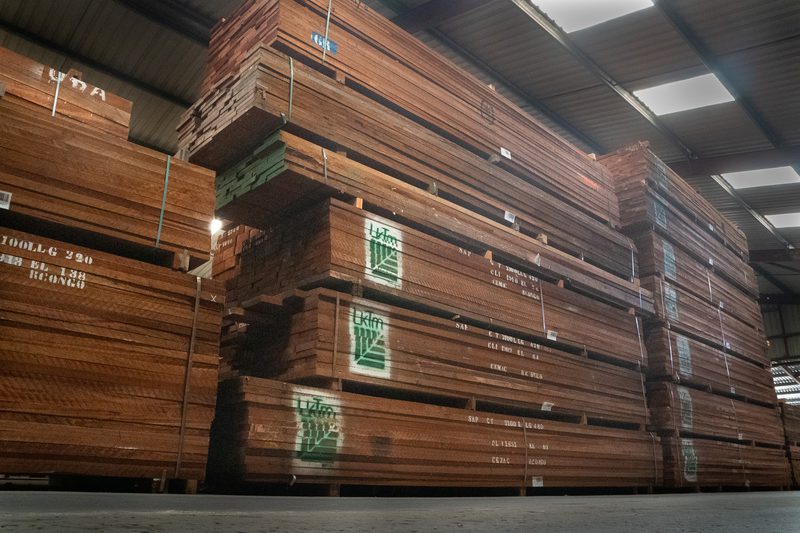
Origins: West African tropical rainforests.
Common uses: Flooring, furniture, panelling, veneer
Appearance: Reddish-brown
Pronunciation: suh-pee-lee
Scientific name: Entandrophragma cylindricum
Another beautiful exotic choice, Sapele is cherished for its visual likeness to mahogany, and is often used as a substitute. In fact, it’s often referred to as ‘sapele mahogany’. This timber darkens with age, usually starting off as a pale yellow but eventually becoming an alluring reddish-brown.
The interlocking grain pattern delivers a pleasing, unique appearance. With exceptional durability, strength and rot resistance, Sapele makes a fantastic choice for a number of projects — furniture, veneers, musical instruments, panelling and even boatbuilding.
Entandrophragma cylindricum is distributed widely across the African continent. It originated in the west African rainforests of the Ivory Coast, but can now be found as east as Tanzania. Sapele timber actually gets its name from the Nigerian city of Sapele, where there is an abundance of the tree.
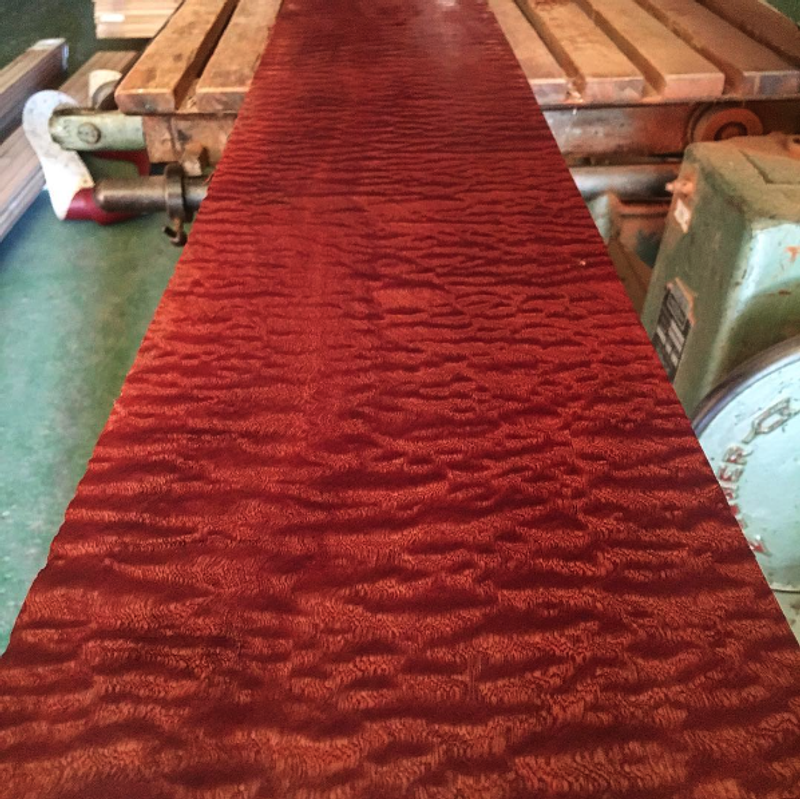
We've written a full guide to sapele, if its reddish-brown hues take your fancy.
Iroko

Origins: Tropical central Africa
Common uses: Exterior decking, flooring, furniture
Appearance: Golden yellowish-brown
Pronunciation: i-row-kow
Scientific name: Milicia excelsa
Also known as ‘African teak’, Iroko is an extraordinarily durable, dense hardwood that’s resistant to insect attack. With exotic golden yellow-to-brown hues and excellent outdoor performance, it’s clear why this wood has another well-earned moniker: the ‘Rolls-Royce of decking’. Externally, it can also be used for fencing and is similarly at home indoors for flooring and furniture making.
Iroko comes from the milicia excelsa, distributed widely across central tropical Africa, from Mozambique in the east through to Guinea in the west. It is a very slow-growing tree that can live for centuries — up to 500 years, in fact. It produces extremely strong, dense and scratch resistant timber — ideal for applications where hard-wearing wood is required.
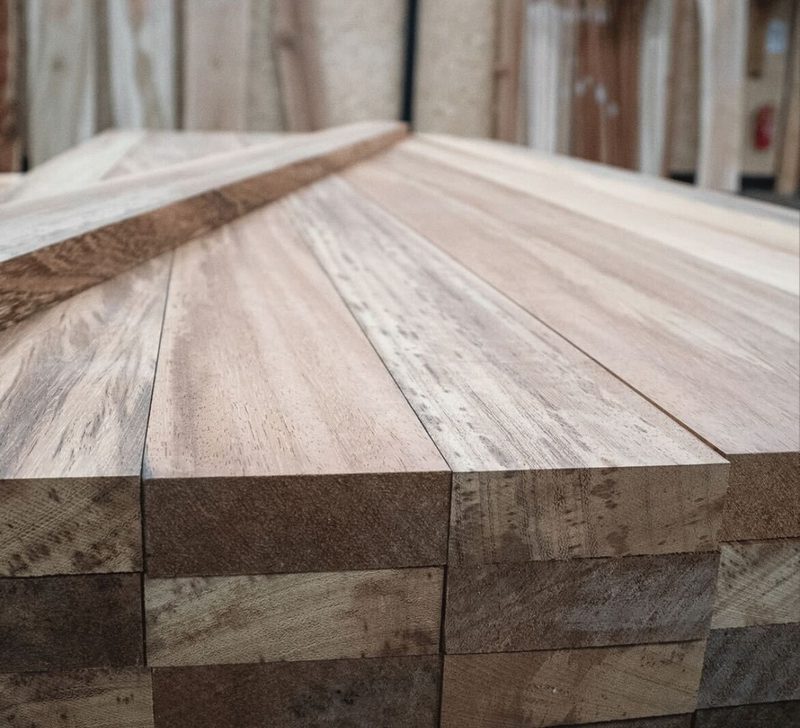
Utile
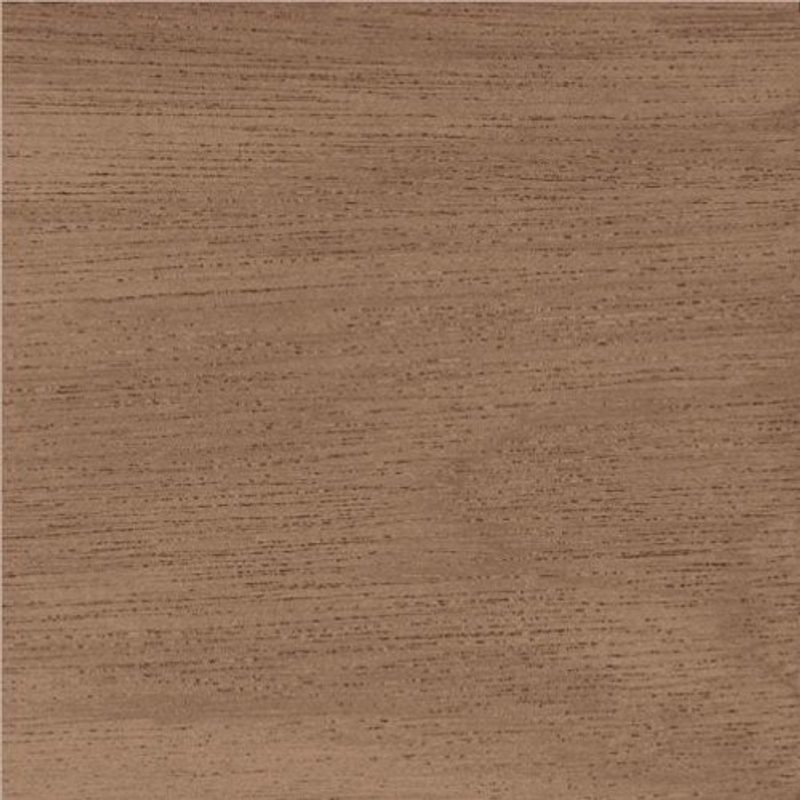
Origins: West and central Africa
Common uses: Flooring, furniture, veneers
Appearance: Reddish-brown with purple hues
Pronunciation: you-teel (sometimes ‘you-teel-eh’)
Scientific name: Entandrophragma utile
Another of the African redwoods, like Sapele, Utile is revered for its likeness to mahogany. Indeed, the species shares a number of aesthetic and technical similarities — reddish-brown with purple hues, an alluring interlocking grain pattern and exceptional strength.
Entandrophragma utile is found across tropical Africa, from Uganda in the east to Sierra Leone in the west and as far south as Angola. It is able to reach up to 60 metres in height.
Padauk

Origins: Central and west Africa
Common uses: Furniture, cabinetry, flooring, veneers, speciality items
Appearance: Reddish-purplish brown
Pronunciation: pah-dook
Scientific name: Pterocarpus soyauxii
Hailing from the tall, dense rainforests of Cameroon, Congo and Nigeria, African Padauk is a strong, dense and heavy hardwood that’s popular for a range of interior applications.
A gorgeous timber, this species typically starts life with a vibrant reddish-orange colour which tends to deepen significantly over time to a reddish-purple brown — perfect for luxury joinery and furniture making.
Panga Panga

Origins: Southern Africa
Common uses: Flooring, furniture, musical instruments
Appearance: Dark brown
Scientific name: Millettia stuhlmannii
This species is spread across the forests of Zimbabwe, Tanzania and Mozambique. Resistant to fungi and termites and incredibly dense, Panga Panga is commonly used for furniture, specialist joinery and even boatbuilding. Dark brown with black streaks, this is yet another stunning, high-performance hardwood.
Ayous
Origins: West and central Africa
Common uses: Exterior cladding, fencing
Appearance: Light yellow (pre treatment); medium brown (post treatment)
Pronunciation: ayy-use
Scientific name: Triplochiton scleroxylon
Also known as African whitewood, Abachi and Obeche, this is another classy hardwood hailing from central and west Africa.
Initially with a light yellow colour, like Frake, Ayous is often sustainably modified thermally. This creates a product known as ‘Thermo-Ayous’ — a high-performance timber for external cladding and fencing applications, boasting a luxurious, tropical mid-brown colour.
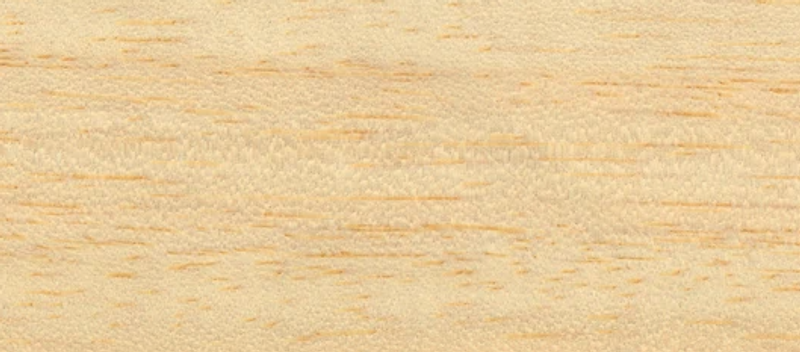
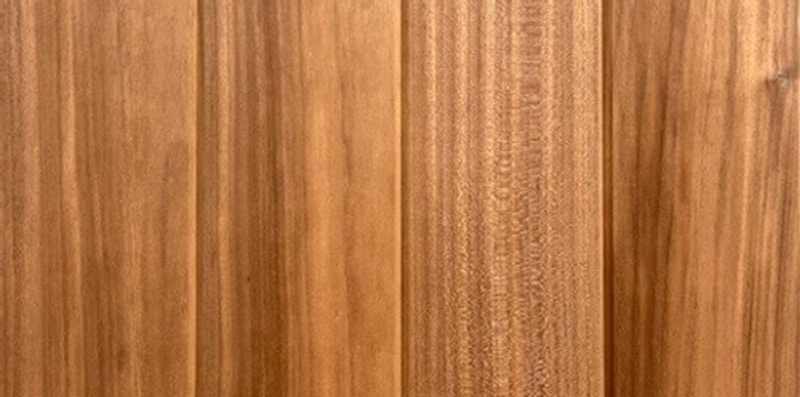

Frake

Origins: West Africa
Common uses: Exterior cladding
Appearance: Light yellow-brown (pre treatment); Medium-dark brown with no knots (post treatment)
Pronunciation: frak-ay
Scientific name: Terminalia superba
Also known as Limba and Afara, this hardwood is particularly popular for use externally after it has been thermally modified.
During this process, the wood is baked at 212 degrees. This alters the timber’s cell structure to deliver an excellent strong, hardwearing and stable product with a mid-brown colour and virtually no knots.
The bark of this tree has even been used in traditional medicines for treating wounds, sores and more.

What about sustainability of African hardwoods?
Making the ‘green’ choice is certainly a design priority. Historically, African hardwoods have been associated with unsustainable forestry and overexploitation. This is still a big concern, but progress has been made in recent years.
As part of UK and European Union timber regulations (UKTR and EUTR), due diligence has to be carried out to trace the source of any timber being imported. Next year, these regulations will become even more stringent, with the requirement for GPS locations for every felled tree.
The key is to only buy your wood from a timber importer and merchant with a clear environmental commitment, who carry out all appropriate checks.
At Duffield Timber, we frequently visit our suppliers in central Africa to perform traceability and sustainability checks – read a little more about one of our trips to Cameroon and the Republic of the Congo.
You might also like to specify a wood certification scheme, like PEFC or FSC.
‘Tropical’? ‘Exotic’?
When discussing hardwoods, particularly those from Africa, South America and Asia, you’ll often see them referred to as ‘tropical’. This is simply because they are harvested from trees grown in the tropics, the area surrounding the equator.
You may also see these types of wood referred to as ‘exotic’ — this is often used interchangeably with tropical, but simply means wood from a different part of the world.
Let’s take a look at nine popular African hardwoods. This is by no means an exhaustive list, but is intended to be a helpful overview of species with a variety of different origins, applications and appearances.
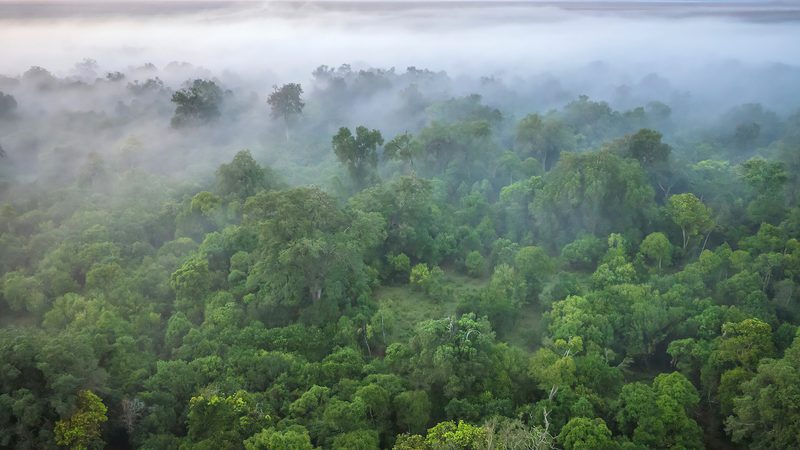
Searching for something exotic?
We’ve got over 60 years’ experience in importing and manufacturing sustainable timber and timber products. If you’re looking for something extra special for your next joinery project, we’re your people.
All of the tropical hardwood species that we’ve mentioned in this article are available from our joinery, woodworking & DIY store, in addition to many other gorgeous timbers from exotic environments across the world.
Use the button below to get in touch and discuss your exotic timber requirements.
